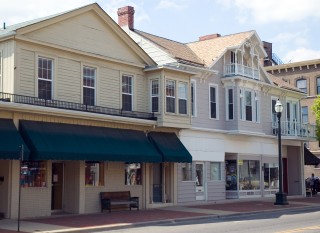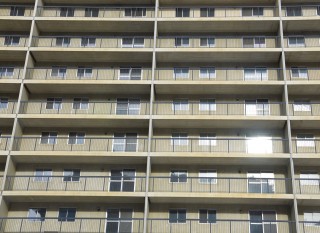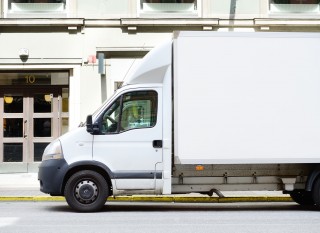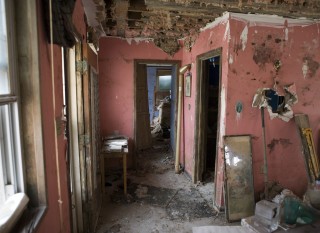The USA’s Rural Area Internet Speeds Fall Deeply Behind the National Average

A quartet of senators are seeking to raise the speed of Internet provided to rural parts of the country via a government grant.
Among the many government grants overseen by the USDA, the Community Connect program exists to provide broadband Internet to rural areas. This program’s current benchmark is 4 Mbps down/1 Mbps up, an improvement from the previous benchmark of 3 Mbps between both download and upload speeds.
While the FCC’s chairman believes that Americans should be able to enjoy speeds of at least 10 Mbps, Senators King (I-Maine), Capito (R-W.Va.), Shaheen (D-N.H.) and Gillibrand (D-N.Y.) believe that this rate is insufficient. The quartet of politicians mailed Tom Vilsack, Secretary of the USDA, inquiring as to why Community Connect’s speeds are lower than that of a 10/1 standard handled by the Broadband Access Loan Program (BALP), a separate program under the USDA. They also asked Vilsack to reconsider the differentiation between the two programs and to possibly reclassify the use of “broadband” in Community Connect’s services.
Community Connect grants money to governments, tribes, NPOs, and private companies in order for them to purchase broadband Internet in areas where no ISP is interested. The program has handed out $160 million to nearly 250 projects since 2002, with new applications filed just last month.
To qualify for Community Connect, an area must lack broadband capable of speeds less than 4/1. Raising this benchmark would allow more rural areas to seek funding, bringing regions otherwise unable to reasonably interact online to join the rest of the nation.
While Congress handed off the speed definitions to the USDA, the senators’ counterpoint was that tax-funded infrastructure should rise to meet the demands of the American public; that it’s not enough to have broadband access, but that that broadband Internet should allow Internet usage at speeds commensurate with taxes.
The FCC has been dealing with the classification of “broadband” speeds for years. In 2015, the FCC elevated “advanced telecommunications capability” from 4 down/1 up to the current 25 down/3 up benchmark, much to the frustration of ISPs hoping for a lower figure in order to avoid rephrasing their services.
Notably, 25 MBPS is not the normal speed for federal subsidies; the FCC’s rural broadband program offers 10/1 speeds, elevated from 4/1 in fall of ’14. FCC chairman Tom Wheeler commented then that 4/1 was “insufficient for modern Internet requirements.” Lifeline is an FCC program that uses a 10/1 speed and grants monthly subsidies to the poor in order to fund telecom services. Officials commented that the $9.25 subsidy would be insufficient for a 25/3 speed.
A spokesperson for the USDA responded to the senator’s letter by stating that Community Connect and BALP use different speeds because they handle different markets. While Community Connect handles “unserved” regions, BALP handled ‘underserved” regions. While the USDA is considered elevating BALP speeds to 25/3, it has issued no comment on changes to Community Connect’s the 4/1 speed.










